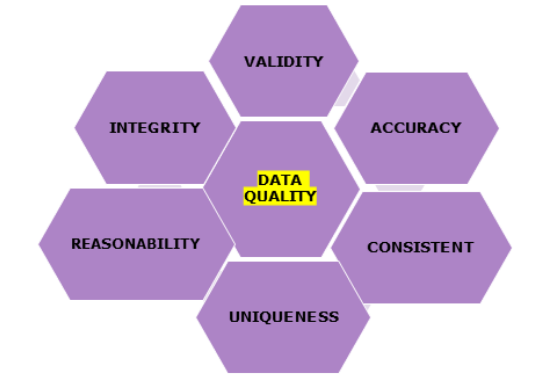
In today’s business environment, information architecture and storage are essential for smooth operations due to the growing volumes of data. Master data management (MDM) helps create a single reference for crucial company information such as inventory, plant operations, maintenance, and supply chain.
The goal of MDM is to simplify data access and reduce errors, as well as to make it available through a cloud-based data system. MDM efficiency is ultimately determined by the quality of the data in your database, regardless of how well organized it may be.
Adverse affects of low-quality data
Lack of accuracy, validity, completeness, and consistency in data collection harms customer service and the company’s reputation.
Key elements of monitor Data Quality
How to achieve data accuracy?

Talk to one of our MRO Data Excellence specialists today!
